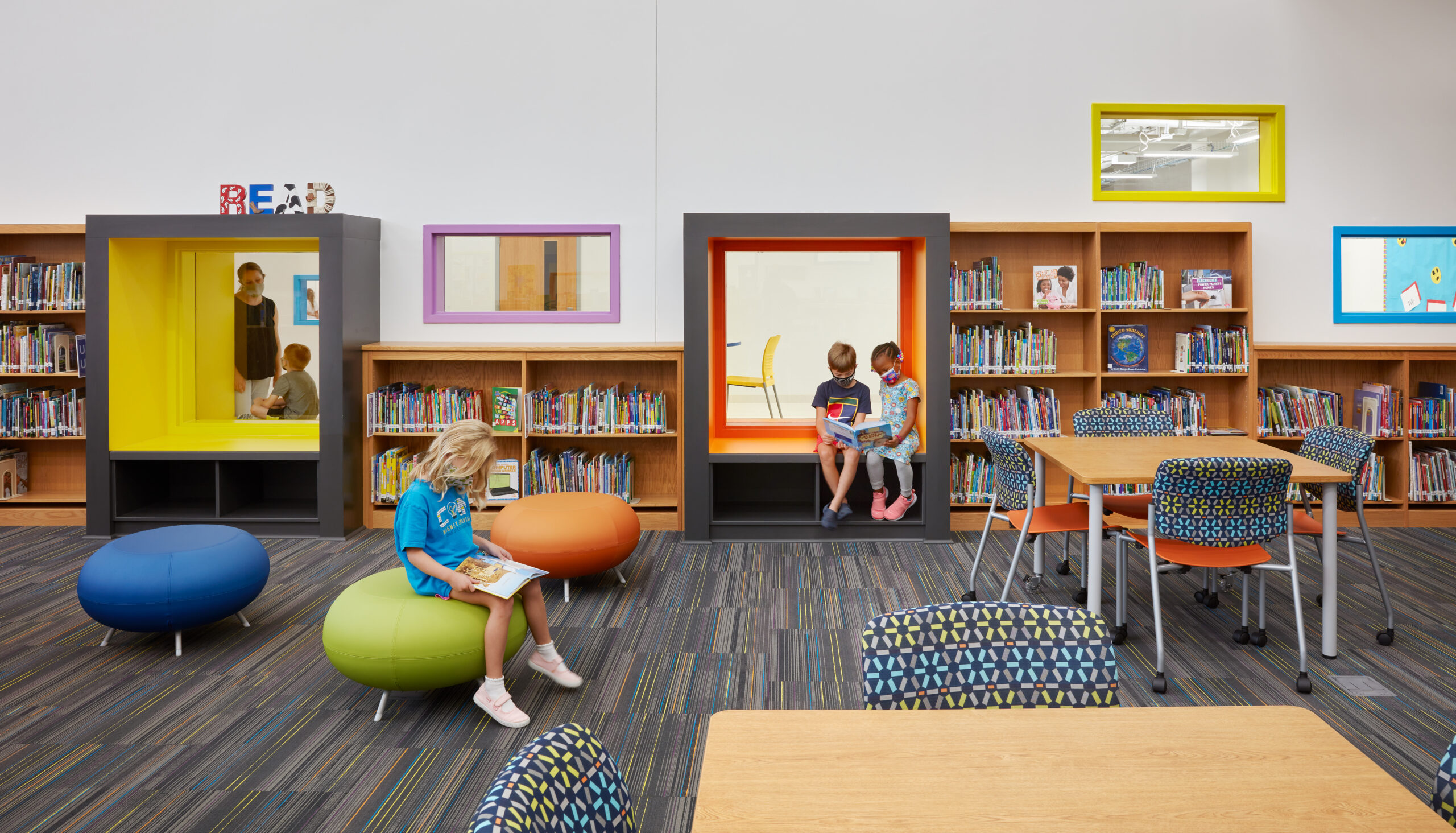Demand for design services from U.S. architecture firms continued to contract in December, according to a report released on Jan. 25, 2023 by the American Institute of Architects (AIA).
More »CNCPT: How We’ve Structured Practice Technology to Maximize Innovation, Creativity, and Efficiency
Technology has dramatically changed how we work at Clark Nexsen, enhancing our ability to develop innovative and creative solutions across the company. New tools and technology, from drones to energy and daylight simulations, have impacted what and how we design and deliver projects to our clients. To effectively capitalize on how technology can augment our work, we created a comprehensive resource and strategic hub for practice technology within our firm that meets key goals: supporting our people with the technologies they use frequently, maximizing the potential benefit of those technologies, improving workflows and processes, and investigating and applying emerging technologies in our industry. Known as CNCPT (Clark Nexsen Creative Practice Technology), and pronounced “concept,” the central purpose of this collaborative is to apply advanced digital tools across our interdisciplinary practice to improve the quality and efficiency of our work, help clients make informed decisions, and remain at the forefront of technological innovation.
More »Demand for Design Services Decreases Considerably
Demand for design services from architecture firms softened considerably in October, according to a report released on Nov. 16, 2022 by The American Institute of Architects (AIA).
AIA’s Architecture Billings Index (ABI) score for October was 47.7, the first decline in billings since January 2021 (any score below 50 indicates a decline in firm billings). Inquiries into new projects continued to grow in October with a score of 52.3, while the value of new design contracts declined, with a score of 48.6.
More »Promoting Student & Teacher Wellness through K-12 School Design
According to the Harvard School of Public Health, the average student spends more than 15,000 hours in school by the time they graduate high school, second only to the amount of time spent at home. This makes it critically important to design school buildings that support the physical and mental wellness of students and teachers.
More »Thinking Like a Futurist: Using Learning Trends Research to Design Post-Secondary Educational Environments
According to Fisch and McLeod’s popular video, “Did You Know,”1 “we are currently preparing students for jobs that don’t yet exist, using technologies that haven’t been invented in order to solve problems that we don’t even know are problems yet.”1 During previous generations, the path from high school to adulthood was linear: eighteen-year-olds went off to four years of college, graduated, and then entered the workforce. White-collar professionals climbed the corporate ladder by learning managerial-based skills on the job and had, on average, only six job changes from college to retirement. But today’s career trajectory is more agile and unpredictable.
More »Architecture Billings Index Slows but Remains Healthy
For the eighteenth consecutive month architecture firms reported increasing demand for design services in July, according to a report released Aug. 24, 2022 by The American Institute of Architects (AIA).
The AIA Architecture Billings Index (ABI) score for July was 51.0. While this score is down from June’s score of 53.2, it still indicates stable business conditions for architecture firms (any score above 50 indicates an increase in billings from the prior month). Also in July, both the new project inquiries and design contracts indexes moderated from June but remained strong with scores of 56.1 and 52.9 respectively.
Architecture Billings Index Continues to Stabilize but Remains Healthy
Architecture firms reported increasing demand for design services in June, according to a new report issued July 20, 2022, by The American Institute of Architects (AIA).
More »


